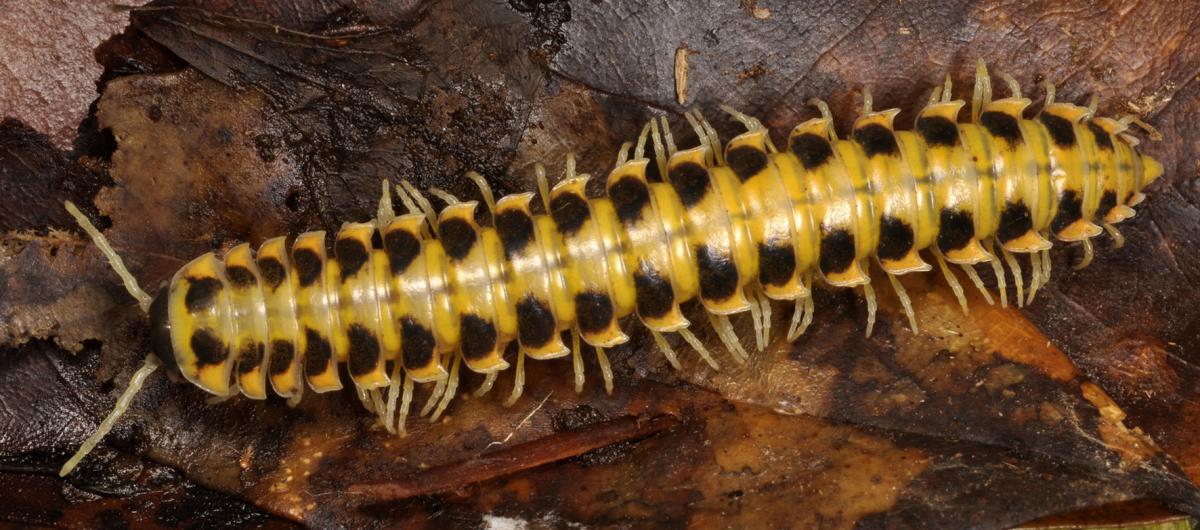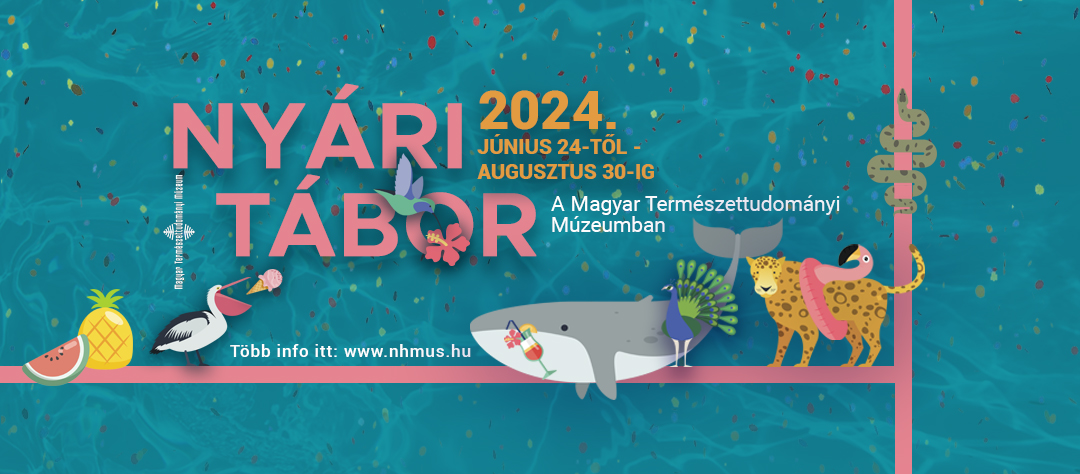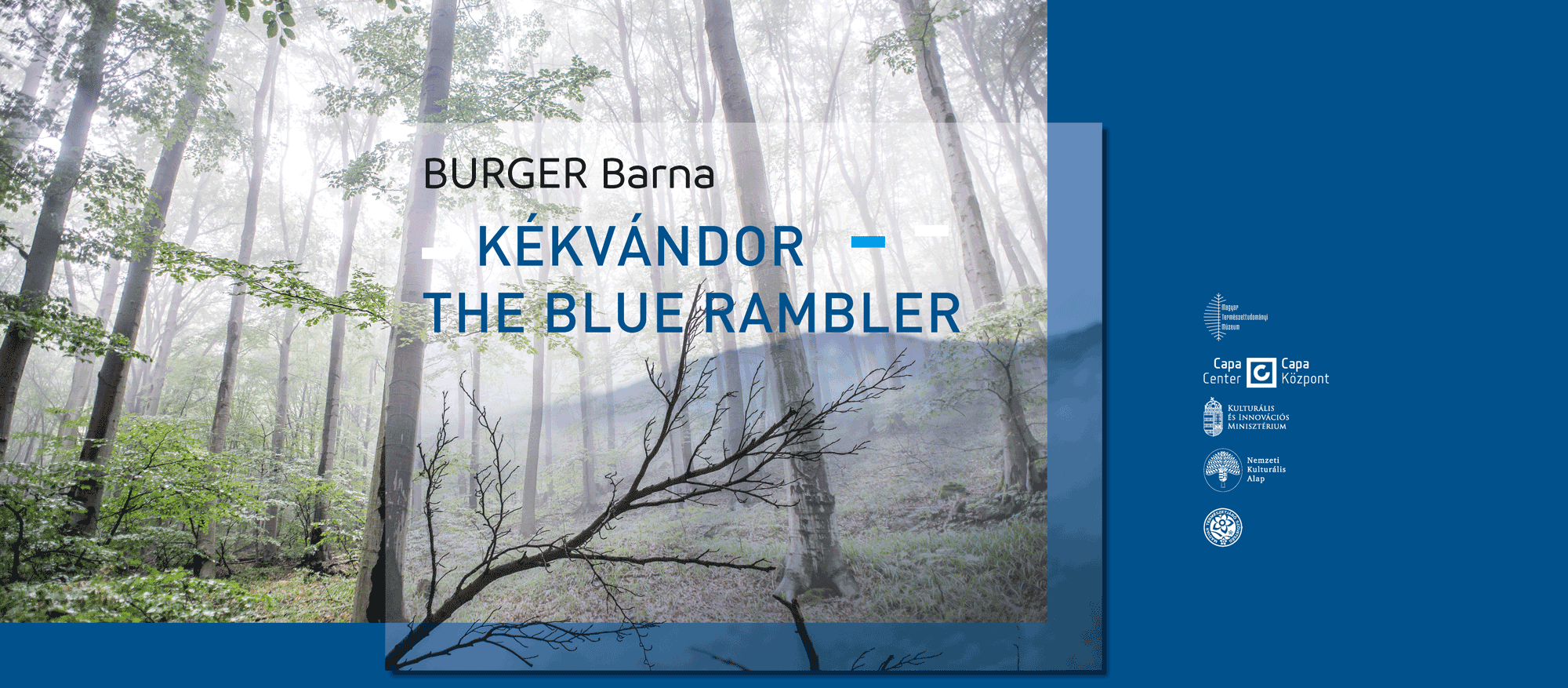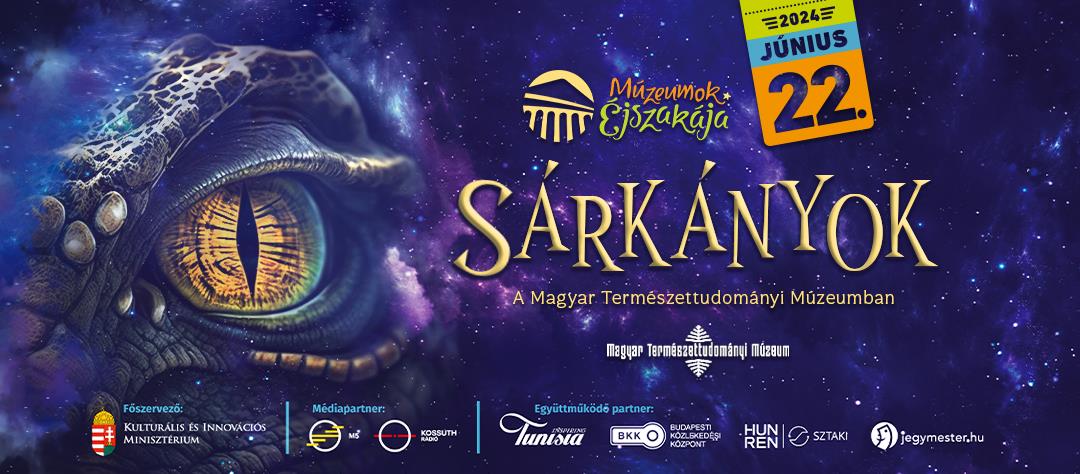
Riukiaria maculata Korsós, Nakamura et Tanabe, 2011 (Tanega-shima island, Japan)
The Myriapoda Collection covers all the representatives of the four classes of the Myriapoda subphylum in the phylum Arthropoda: millipedes (Diplopoda), centipedes (Chilopoda), symphylans (Symphyla), and pauropods (Pauropoda). In addition, specimens of the separate phylum of velvet worms (Onychophora) is also included. The number of species in Myriapoda worldwide encompasses up to 15,000, however, there are estimates of about 60,000 unknown species still waiting for descriptions.
The Myriapoda Collection is one of the oldest collections of the Department of Zoology; the oldest centipede specimens originating from around 1860. The collection of János Xántus and the identifications by Ödön Tömösváry from 1870 belong in the most valuable type specimens. The specimens are mainly stored in alcohol vials and registered in a cabinet system (ca. 60% of the collection is identified to species), but there are also hundreds of microscopic preparations. Most of the material originates from present day Hungary, the whole Carpathian Basin, and the Balkan Peninsula, but there are also important collections from East Asia (North and South Korea, Vietnam, Japan). The other exotic specimens are mainly from Southeast Asia, Africa, and South America.
Staff
Senior museologist: Eszter Lazányi
Curators:
Number of specimens and type material
Total number of specimens: The collection contains about 23,000 vials in cabinet register.
Number of species: There are about 2000 species in the collection, which represent all the orders (16+4) and almost every myriapod families.
Number of types: ca. 150.
Remarkable parts of the collection
Prominent former collectors were János Xántus (1825–1894), Kornél Chyzer (1836–1909) and Lajos Bíró (1856–1931), whose material have been identified by Ödön (=Edmund) Tömösváry (1852–1884), Jenő (=Eugen) Daday (1855–1920) and Karl Wilhelm Verhoeff (1867−1944). Their type specimens are mostly still available in the collection.
Later curators of the collection were Ernő Csiki (1875−1954) and László Szalay (1887–1970), their field of interest, however, being mainly apart of the taxonomy of myriapods. Imre Loksa (1923–1992) from the Budapest University worked extensively in the collection, and foreign guest researches as Richard L. Hoffman (1981), Sergei I. Golovatch (1987), Elena V. Mikhaljova (2002) and Ivan H. Tuf (2008, 2015) have contributed to the results thoroughly.
Availability
The collection is stored largely in alcohol vials, these being the collection units. Each vial can contain dozens of specimens. A complete database of the Myriapoda Collection is not yet available. Computerised lists of parts of the collection (types, cabinet register) are available at our location.
The collection is open for visitors by appointment only.
Most collection materials are available for loan and scientific examination for external researchers.
To discuss any of your requests, please contact our curator Eszter Lazányi lazanyi.eszter@nhmus.hu
Research loans
Loan policy statement (PDF)
Loan agreement (DOC)
On-site examination
Terms and Conditions (PDF)
Research permit form (DOC)



